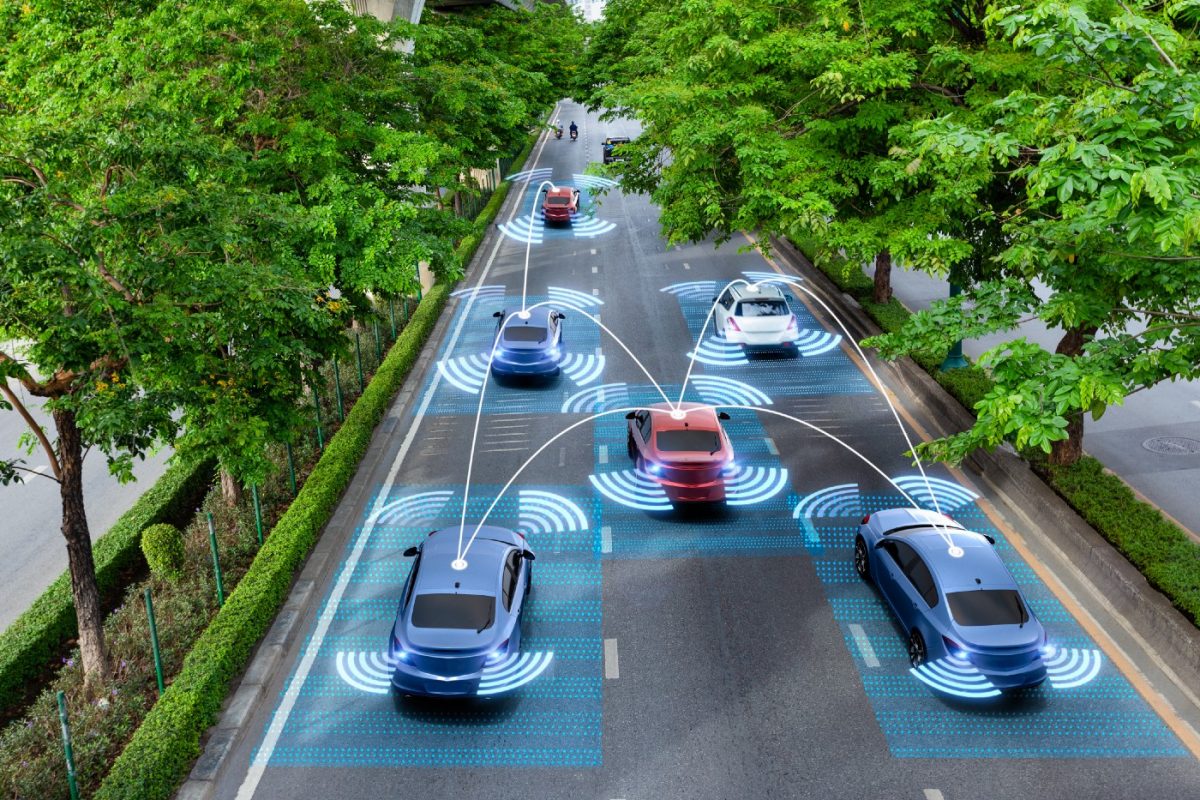Despite the increase in popularity of the Internet of Things, its definition is still loose. Stoltzfus (2020) defines the Internet of Things, hereinafter referred to as IoT, as “a computing concept that describes the idea of everyday physical objects being connected to the Internet and being able to identify themselves to other devices and send and receive data”. The particularity of the IoT is that it allows almost any object to be connected to and transmit data to other devices. Here is a typical IoT example: based on the morning alarm set on your phone, your smart curtains could open automatically to help you wake up and your connected coffee machine could start brewing you a hot coffee by itself as soon as you get out of bed.
This technology can be implemented in virtually any sector, and the automotive sector is no exception to this. Over the past years, the IoT has allowed cars to become part of a network of interconnected vehicles that communicate with each other and with the external world. Mobile apps such as the My BMW app already allow drivers to remotely check the status of their vehicle, pre-climatise their vehicle in advance based on their calendar, and even locate their vehicle when unsure about its parking location (BMW, n.d.). In addition to the great technological progress that has been made in the past decades in the car industry, the IoT still has much more exciting features to offer to this sector.
As for every technology, the IoT also comes with a set of concerns that should be taken seriously since they are directly related to drivers’ safety. Equipping cars with technology that connects them to the IoT means that they become subject to the same dangers as other connected devices (Kirk, 2015). Similar to computers or mobile phones, cars now become hackable, but with consequences that are far more dangerous. An autonomous car could for example be controlled by a hacker that could voluntarily make it collide with other vehicles. Additionally, equipping cars with more technology also means creating more sources of distraction for drivers, which is a major concern as well.
References:
BMW. (n.d.). Connect your life with the My BMW App. Retrieved 07/10/2022 from https://www.bmw.com/en/automotive-life/connected-life-with-the-my-bmw-app.html
Kirk, R. (2015). Cars of the future: the Internet of Things in the automotive industry. Network Security, 2015(9), 16-18. https://doi.org/https://doi.org/10.1016/S1353-4858(15)30081-7
Stoltzfus, J. (2020). Internet of Things (IoT). Retrieved 07/10/2022 from https://www.techopedia.com/definition/28247/internet-of-things-iot

